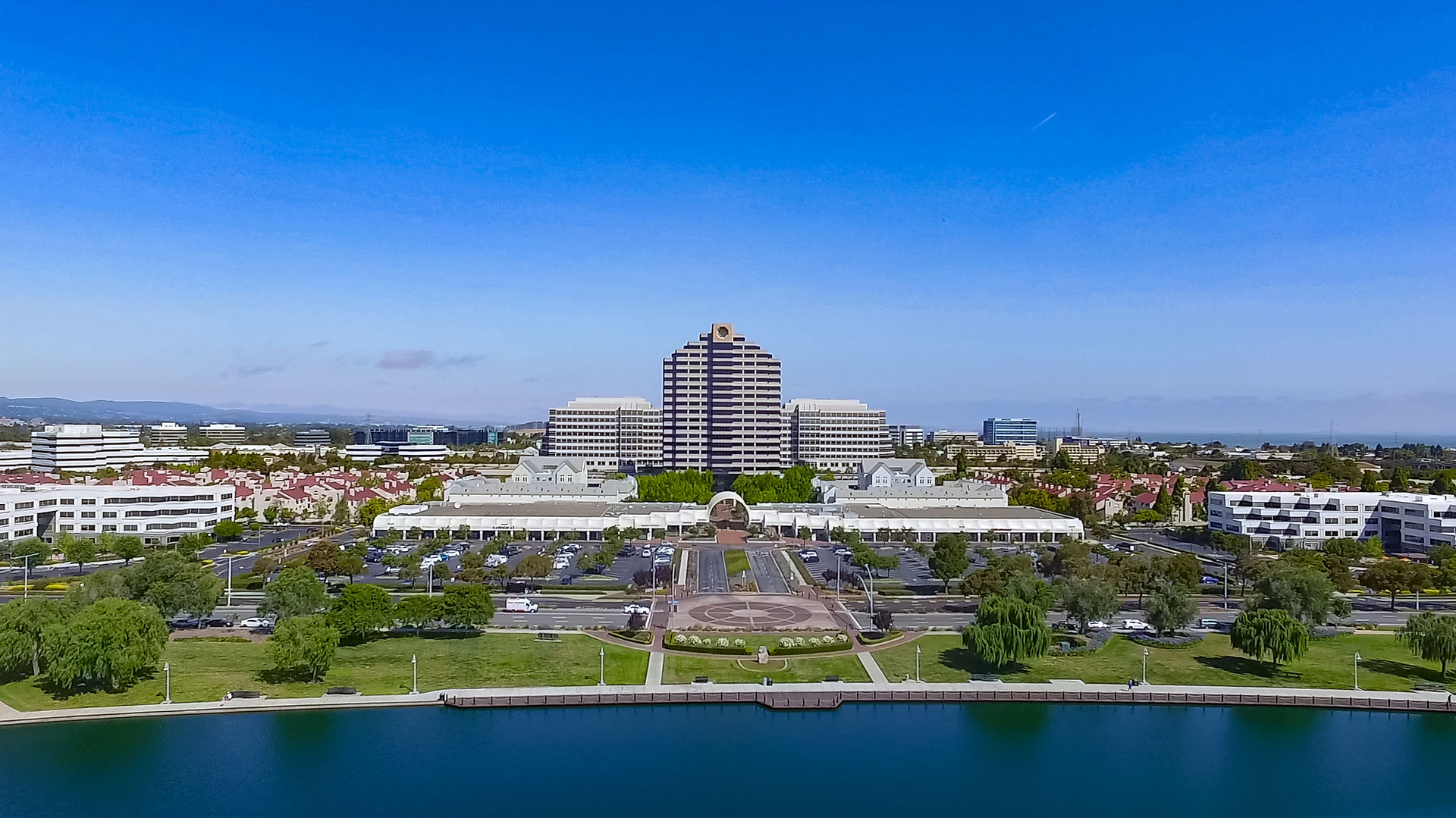THE EYES OF THE STORM
- John J

- Mar 28, 2023
- 2 min read
Updated: Apr 4, 2023
Severe weather events such as hurricanes, tornadoes, and thunderstorms can cause extensive damage to buildings, roads, and other infrastructure. Assessing the extent of damage caused by these natural disasters is crucial in order to coordinate rescue and recovery efforts. Traditionally, this has been done through ground surveys or aerial photography. However, advances in drone technology have made it possible to use drones to survey storm damage quickly and efficiently. In this blog post, we will explore the benefits of using drones to survey storm damage.
Speed and Efficiency
The biggest advantage of using drones to survey storm damage is speed and efficiency. Drones can cover large areas quickly and provide real-time information on the extent of damage. This information can be used to prioritize rescue and recovery efforts and to allocate resources effectively.
Access to Difficult Areas
Drones can be used to access areas that are difficult or impossible for humans to reach. This includes areas that are blocked by debris, flooded, or unsafe due to structural damage. Drones can be deployed quickly and can provide detailed images of the affected areas, allowing emergency responders to make informed decisions about the best way to proceed.
High-Quality Imagery
Drones are equipped with high-quality cameras that can capture detailed images of storm damage. This allows emergency responders to get a clear picture of the extent of the damage and to identify areas that need immediate attention. Drones can also capture images from multiple angles, allowing for a more comprehensive assessment of the damage.
Cost-Effective
Using drones to survey storm damage can be cost-effective. Drones are less expensive than traditional aerial surveys and can cover a larger area in a shorter amount of time. This means that fewer resources are required to survey the damage, allowing emergency responders to focus their efforts on recovery and rescue.
Safety
Using drones to survey storm damage can also be safer than traditional methods. Drones can be operated remotely, reducing the risk of injury to emergency responders. Drones can also provide information on areas that are unsafe for humans to enter, allowing emergency responders to avoid potential hazards.
In conclusion, drones can be an invaluable tool in assessing storm damage. They offer speed, efficiency, access to difficult areas, high-quality imagery, cost-effectiveness, and safety. As drone technology continues to advance, we can expect to see even more applications for drones in emergency response and disaster management.




Comments